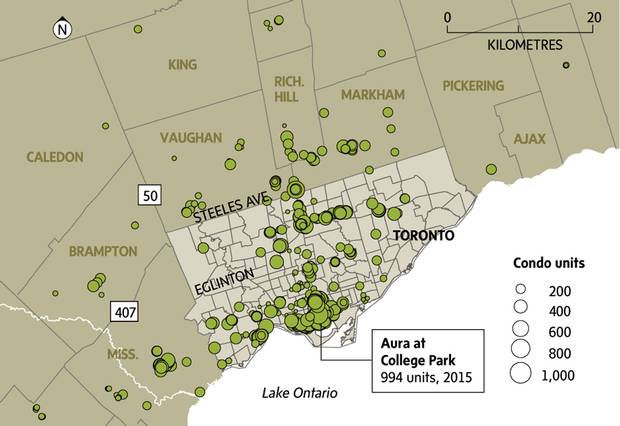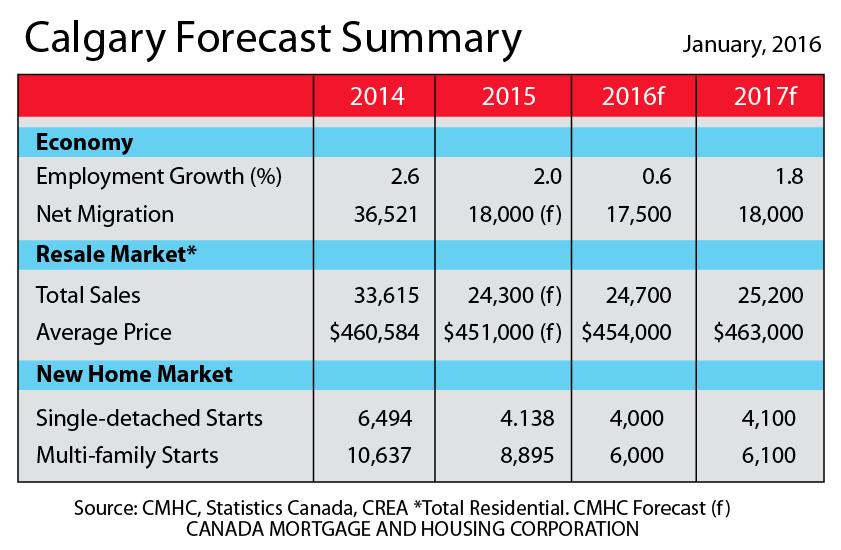3 Ways Brick-and-Mortar Stores Are Using Location Intelligence
Many brick-and-mortar stores suffered financial losses in recent years due to the ease and efficiency of online shopping. While some businesses view the rise of online shopping as the ultimate enemy, innovative businesses are using the shift in consumer shopping habits as an opportunity to develop new and exciting incentives for driving traffic into their stores.
Omnichannel marketing is a powerful way for brick-and-mortar businesses to leverage multiple marketing channels to drive greater brand awareness, in-store traffic, and sales. Location based insights are at the core of this, helping businesses illustrate their unique value proposition and provide fun and fresh ways for customers to engage with their brand.
Here’s how successful brick-and-mortar stores drive foot traffic and generate sales using location intelligence:
Leverage Geofencing:
- Gain competitive insights: Conduct trade area analysis by placing geofences around competitors to reveal how often your customers visit them. You can pair this with tracking competitor deals and incentives to gain knowledge on how to steer customers back to you…or keep them from visiting competitors in the first place.
- In-store incentives: If your customers allow notifications, you can deliver limited time pop-up ads every time they are within a certain distance from your store, or an extra deal when they are about to leave your store. Input customer data: Location intelligence platforms allow you to input customer information, useful for developing targeted marketing campaigns. This includes precise mailing addresses and detailed demographic information.
Precise direct mail campaigns:
Studies show that direct mail ROI is strong when marketers use omnichannel marketing methods to deliver a seamless and personalized customer experience to match lifestyles with customer buying trends. Pairing digital intelligence with direct mail can produce powerful results. Location technology delivers detailed demographic information along with accurate postal codes so that you are delivering the right message to the right people rather than wasting time and money on consumers that are unlikely to be interested in your product or service.
Location-based insights for site selection:
For brick and-mortar stores looking to open a new shop or to relocate, location intelligence platforms provide essential information on ideal locations. This includes demographic data, a historic view of how an area has changed over time, new developments, nearby points of interest, and much more.
Using location technology and the powerful insights it provides helps businesses integrate marketing channels for an omnichannel marketing approach. This leads to precise messaging and a highly compelling customer-centric experience that will have customers regularly engaging with your business on and offline.
To learn more download our guide Using Location Based Insights for Omnichannel Marketing













